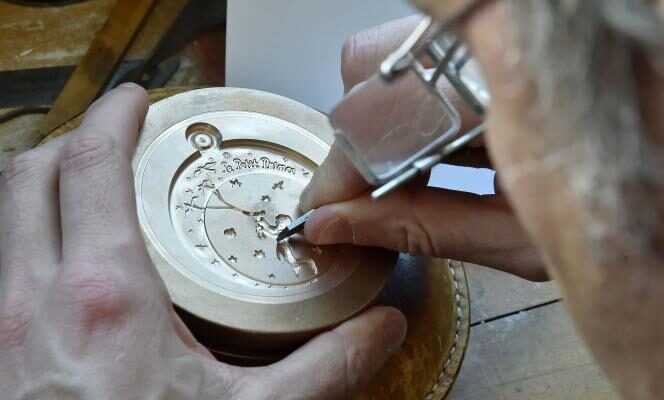In the middle of an industrial zone, the building of the Monnaie de Paris factory in Pessac (Gironde) has remained frozen. Intact, in its architecture of 1973, time of its creation. Long rectilinear corridors, glazed over the rest of the factory. If the Parisian site, located on the Quai de Conti, and its museum are housed in the sumptuous building desired by Louis XV, the Pessacaise factory has a completely different face. In 1958, Charles de Gaulle approved a report from the decentralization committee according to which monetary facilities should be removed from the Paris region. The Girondin project is launched.
Even today, Paris preserves art productions, gold minting, or even prestige collections, when Pessac produces industrial minting. “We make lace in Paris, and the factory is in Pessac”, explains Nicolas Cozon, 59, a master engraver at the Gironde factory, with a smile. 1er January, the euro will celebrate the twentieth anniversary of its entry into circulation. And it is here, in Pessac, that the coins intended for the general public were – and still are – minted.
At the time, this project put the factory in turmoil, new machines were installed, and nearly seventy people were hired. Four years before the launch of the euro, workers are busy, proudly tells Eric Putcrabey, 55 years old and coin acceptor for fifteen years at the Monnaie de Paris factory in Pessac. “The change from the franc to the euro has led us to modernize”, he remembers.
If the old machines struck coins at 260 strokes per minute, the new ones do so at the rate of 800 strokes per minute. A real revolution. “It changed the job, you had to be more precise because, when you gain speed, you have to gain precision, he continues. The changeover to the euro has pulled us up. For example, we started to make the Spanish flower [sept cannelures profondes] on the edge of the 20-cent coins, which we didn’t do before. “
In June 1998, the machines start working: 2 to 2.5 billion parts are manufactured each year for four years, in order to be ready on time. Today, the factory produces around 1.2 billion pieces on the euro and foreign currencies. Special orders are also placed at the Monnaie de Paris, such as collector coins, or commemorative coins.
Attention to detail with a hand-made gesture
In his workshop, located on the first floor of the factory, Nicolas Cozon talks about his profession “Passion”, the meticulousness of a hand-made gesture, which he performs every day, alongside three other master engravers. In the production workshop, Arthur Mouline, 26, is part of the new generation. Arrived six years ago, his position in the tool shop uses a new technology, the laser, “A new profession”, he explains. “What we managed to do in twenty-four hours before, we can achieve it in three hours today”, with in particular another innovative practice for the pessacaise factory, the use of color.
You have 38.46% of this article to read. The rest is for subscribers only.
